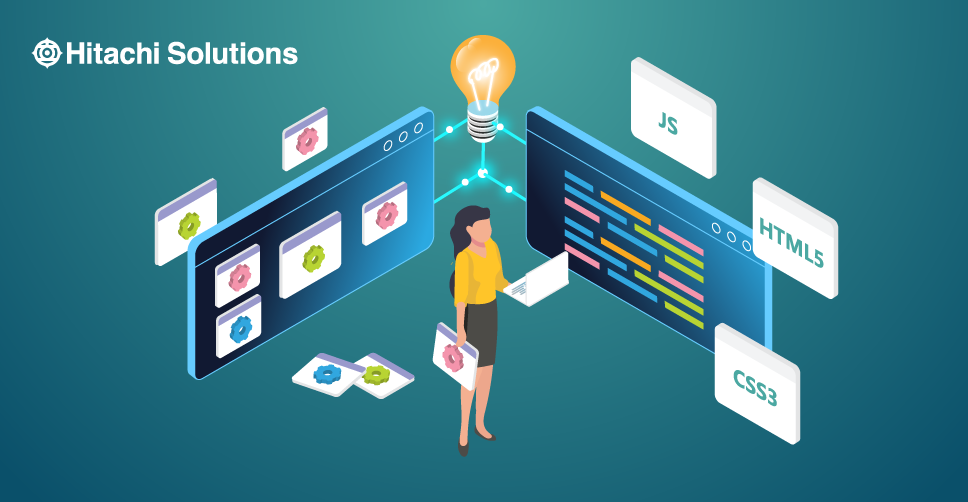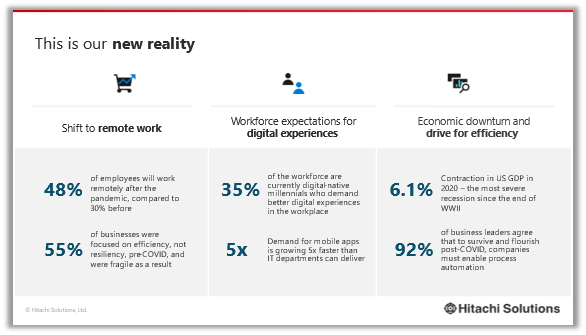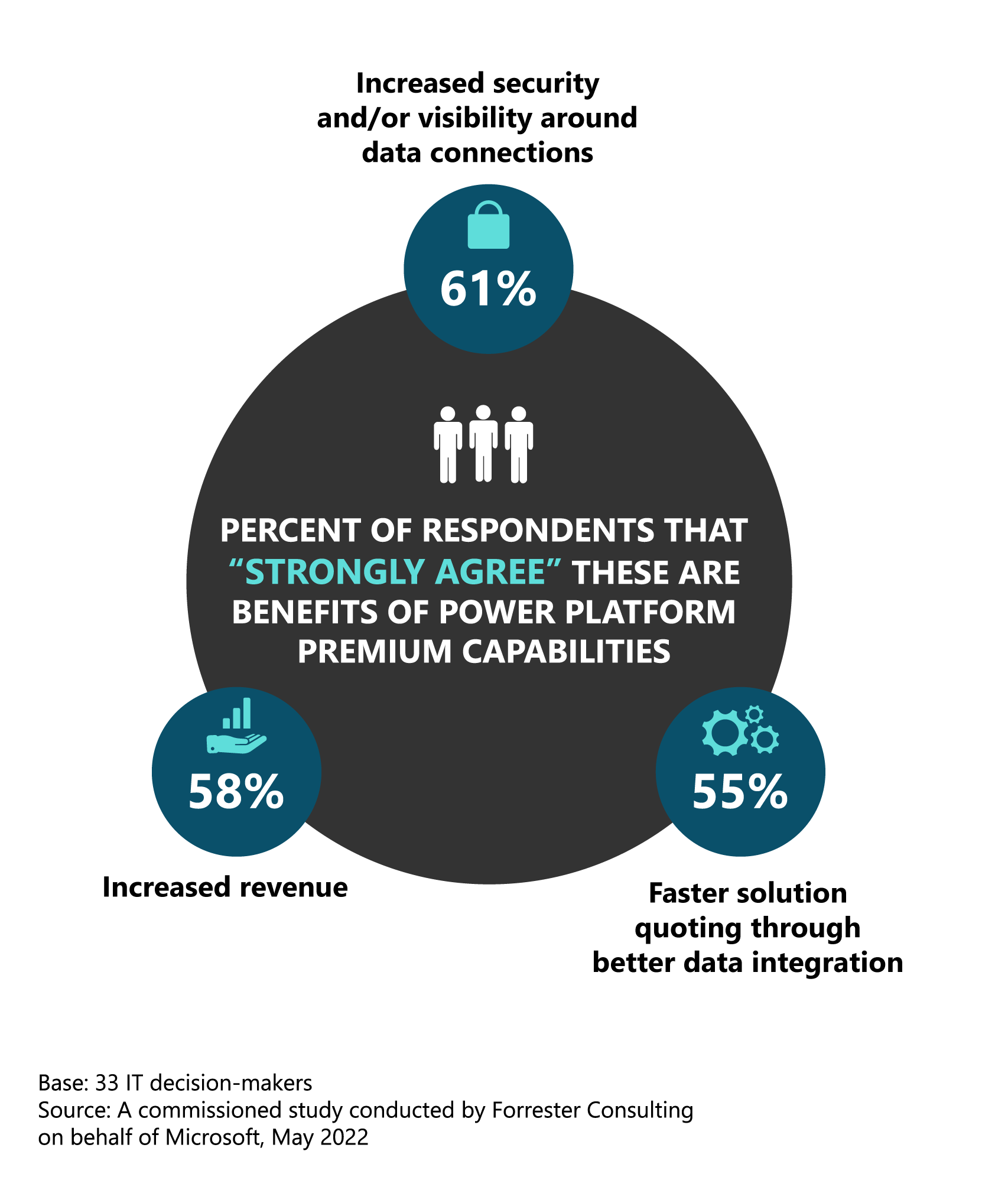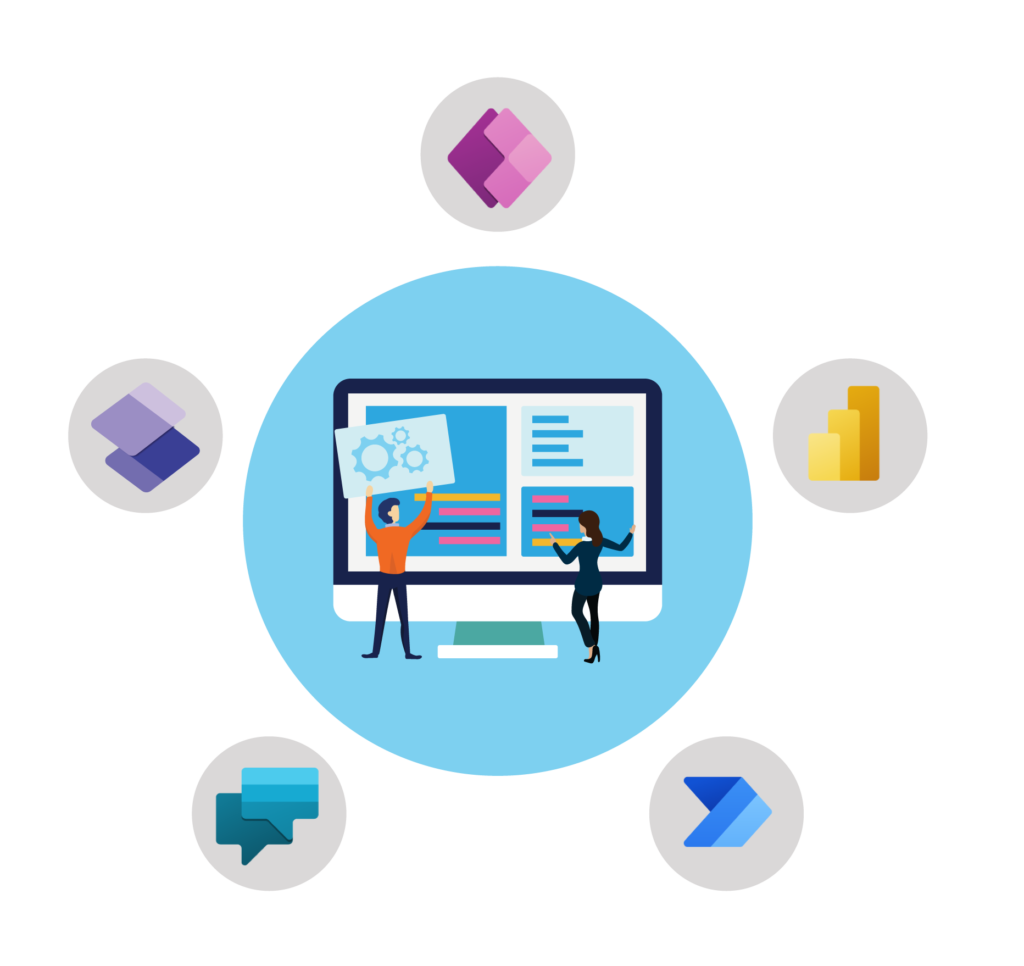

Power Platform Insights: November/December 2022
Check out this month's edition of Insights containing our recommendations for low-code development and organizational maturity.
Download the NewsletterDecoding how to balance low code and pro code for accelerated business agility
Over the last few years, the world has changed drastically. From the pandemic-driven shift to remote work to evolving workplace and customer expectations to the down economy to supply chain shortages and more, businesses have had to find new ways to operate to survive.

This is the new reality, and the need for resiliency and agility has never been greater. Businesses must be adaptable and able to react quickly, not only to keep employees connected and productive, processes efficient, and customers satisfied, but to thrive no matter what the future holds.
In this environment, digital transformation has become a key competitive differentiator. Cloud migration, business system and data platform modernization, automation, and mobility have all accelerated business agility and the ability to leverage data and insights.
Yet to provide better digital experiences for employees and customers, and gain the higher productivity and efficiency they seek, companies know they need to access data, streamline processes, and build useful business apps even faster. But limited and expensive IT resources are slowing them down.
It is this need for speed that has given rise to app democratization, citizen developers, and the low code phenomenon.
The Low Code Advantage

Citizen development is when companies empower business users to create data-driven and task-specific apps to support their digital transformation. Fueling this effort is the availability and popularity of low-code/no-code tools like Microsoft Power Platform, which make it quick and easy for non-technical employees to develop what they need without having to rely on IT or understand how to code.
These tools include familiar interfaces, visual editors, and reusable actions that users can just drag and drop for rapid development and deployment. And since users are most knowledgeable about their job workflows, they are able to build the solutions they need to streamline processes, automate tasks, and access the insights and data they need to work better, smarter, and faster.
Low code not only gives companies the speed they need to automate, but it also allows them to squeeze more value and ROI from their technology investments. It also takes the pressure off IT, reducing their backlog of business unit requests and enabling them to focus on more enterprise-wide enhancements and customer-facing features and capabilities.
Power Platform solutions are leveraged to develop end-user solutions as much as 74%, faster than traditional application development with a more than a 140% return on investment.
Forrester, The Total Economic Impact of Power Apps, 2018-2022
The Continued Need for Pro Code
Low code doesn’t replace traditional software development, it just adds business users to the team — which, considering the scarcity and expense of trained IT resources today, is cost-effective. But the need for custom and professional development (pro code) remains.
This is because while low code tools speed up business agility, there are limitations. Enterprise networks and architecture, data estate modernization, scalable and secure cloud functionality, and complex integrations all — let’s face it — still need to be handled by the pros. There’s also app standardization and governance to be addressed, to make sure everyone stays on brand, colors within the lines, and keeps company assets safe and secure.
The good news is, you don’t have to choose when it comes to low code and pro code. You can leverage both to continue to create a strong business technology strategy. This is being called a fusion development approach.
Fusion Development Bridges the Gap
Fusion development is the best of both worlds. It combines citizen developers and professional developers into unified teams using low code and traditional development tools and methods. The result of the shattering of the glass wall between business and IT and the melding of technical and analytical skills and business domain expertise is that the company can continue to accelerate digital transformation by innovating and building useful business solutions while dramatically reducing risks and failures.
The need for fusion is becoming more prevalent as more and more companies have adopted Power Platform and the applications and automations they are building with it have “grown up.” The companies now need to extend the platform, scale them, add more advanced visuals, and make them fit within their enterprise technology footprint.
Gartner data shows that at least 84% of companies and 59% of government entities have set up fusion teams — most of which use agile methods, often designed to deliver digital products rather than projects. 43% already report outside corporate IT and are closer to the point of value delivery, replacing traditional, IT-centric delivery models.”
– Gartner
The advantage of fusion development is that low code and pro code can live together harmoniously, always leveraging the best tools for the job at hand. A company can have their developers build connectors, functions, controls, chatbot skills, and many other pieces using traditional development, and their low-code “makers” can use these components in their automations, applications, and chatbots.
The biggest benefits of fusion include:
- Companies have greater control over the platform and release cycle
- Development cycles and SLDC are more enterprise-friendly
- Low-code makers are empowered to do more
- Pro-code developers and low-code makers are unified in a common goal
- Solutions with increased adoption, lower cost of development, and faster time to value
Hitachi Solutions — Rapid Solution Development Experts
The key to fusion teams and development is to work with a partner who can advise and support your digital transformation goals and set you up for success. Leveraging a modern solutions expert allows maximum creativity and innovation while ensuring the proper guidance for when to extend Power Platform and how to integrate it with other platforms, as well as helps establish the right governance and guardrails.
Hitachi Solutions’ approach to fusion development starts with standardization and the establishment of best practices for low-code applications. Just because it is low code does not mean there are no processes. Each application should be designed appropriately, considering whether the solution can be delivered via low-code only methods or if it should be augmented with other platforms, tools, and techniques. The app should be built using a backlog, with tasks assigned to the appropriate resources — either low-code or pro-code developers.

Hitachi Solutions actually has a dedicated rapid solutions development (RSD) tech hub of Power Platform experts. Their primary goal is to help our customers determine when they should and shouldn’t use low-code development tools so they can confidently and cost-effectively solve their biggest business challenges.
This model helps your team by extending and accelerating your capabilities. For example, you might have some great low-code makers, but not have developers available who are familiar with APIM, Azure, and custom connectors, or know how to develop custom PCF controls or have bot framework skills. Hitachi Solutions can expand your fusion team and upskill your developers on more advanced development methods and how to architect a development effort combining low code and pro code.
Next Steps
If you’re ready to unlock the potential of a fusion development approach, we recommend an app modernization assessment. This will allow us to review your backlog of applications and automations and determine the appropriate technology fit for your desired goals and outcomes.
Contact us to schedule your assessment or to talk to one of our experts today!


